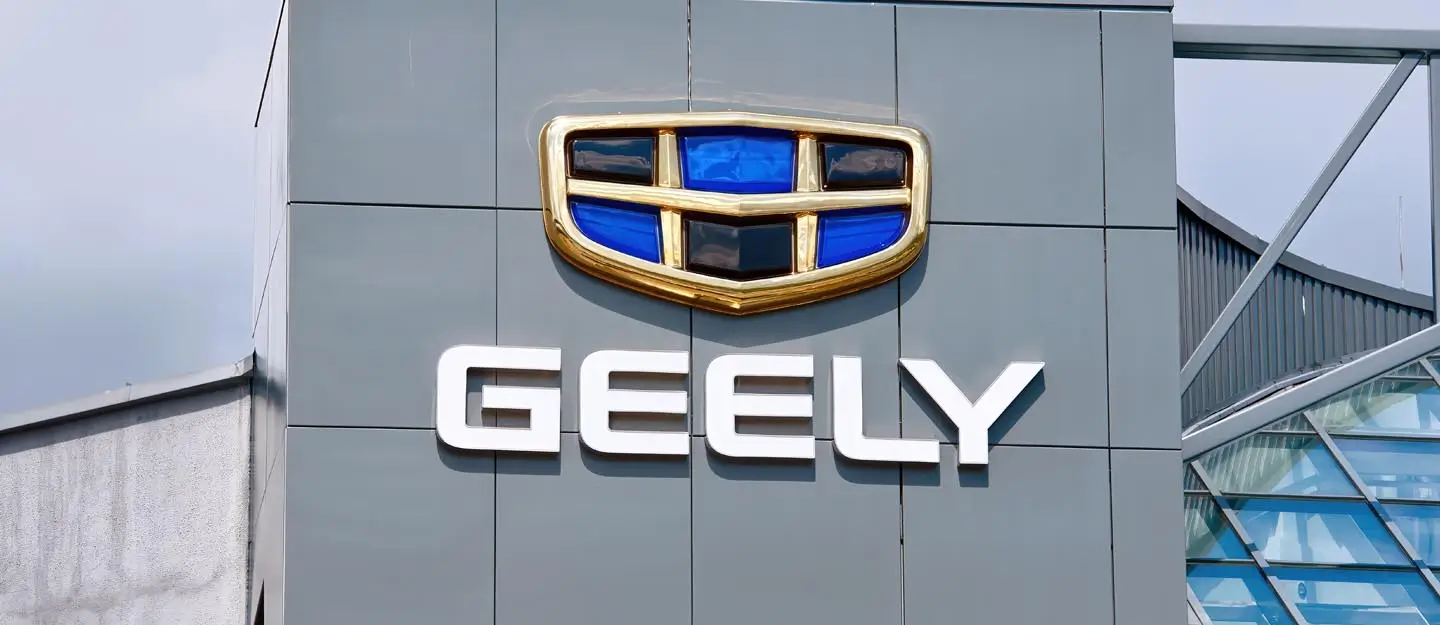UAW Strike 2023: Key Developments and Future Outlook (PDF)
As the UAW strike enters its third week, it’s time to reflect on the significant expansion to 38 additional production facilities and notable visits from Presidents Biden and Trump.
A mere two weeks have elapsed since the United Auto Workers (UAW) initiated a strike against automotive giants Ford, General Motors (GM), and Stellantis. In this short span, the strike has already made a profound impact. Beyond capturing continuous global media attention, it has grown to encompass 38 new production facilities, garnered visits from a former and a current U.S. president, and prompted multiple auto suppliers to announce employee layoffs.

The Sequence of Events
The strike, commencing on September 15, initially involved approximately 13,000 UAW members halting production at three pivotal plants. The first was Ford’s Michigan Assembly located in Wayne, Michigan, known for manufacturing the Bronco and Ranger models. The second was GM’s Wentzville Assembly in Wentzville, Missouri, which produces vehicles like the Chevrolet Colorado and GMC Canyon. Lastly, the Stellantis Toledo Assembly Complex in Toledo, Ohio, responsible for crafting the Jeep Wrangler and Gladiator, joined the strike.
A week later, approximately 5,600 workers at 38 GM and Stellantis facilities across 20 states walked out in solidarity. UAW President Shawn Fain noted that Ford managed to avoid additional disruptions due to its commitment to reaching a resolution. However, GM and Stellantis faced a different fate, as they incurred the wrath of an extended UAW Stand Up Strike.
What Lies Ahead
As the UAW strike enters its third week, negotiations with the “Big Three” are ongoing, and it appears that the UAW’s sphere of influence may expand further, leading to more actions. On Tuesday, UAW President Shawn Fain pledged that if substantial progress isn’t made during negotiations, he stands ready to “intensify the pressure.” Fain is expected to announce an extension of the UAW’s rolling Stand Up Strike via a Facebook Live broadcast on Friday, September 29, at 10 a.m. Eastern time.
This time, it appears increasingly unlikely that Ford will remain immune to further escalations. Ambrose Conroy, an automotive supply chain expert and the founder of Seraph Consulting, predicts, “Ford will likely become embroiled in the escalating strike. The UAW granted them some breathing room to reach a deal, but negotiations did not yield results. We anticipate increased pressure on Ford.”
The exact course of action remains uncertain. Conroy speculates, “The UAW might lift the strike at the initial plants and choose to exert pressure on the ‘Big Three’ elsewhere. Bringing workers back to the original plants would restore their wages, allowing UAW members to collectively bear the hardship, whereas targeting new facilities would sow chaos and disruption within the automakers.”
Suppliers are already feeling the repercussions. CIE Newcor, a manufacturer of components and subassemblies, and Dana, primarily focused on powertrains, have issued warnings about impending layoffs due to the ongoing strike.
Should the strike persist, these repercussions are likely to intensify. Conroy characterizes the situation as a high-stakes game, remarking, “This is a game of chicken where the participants may not have that much to gain. Hyundai, Tesla, Rivian, and Toyota all stand to gain, while the ‘Big Three’ and union labor face potential losses in market share and jobs if this drags on.”
Presidential Visits to the UAW Strike

UAW President Fain seized the initial expansion of the strike as an opportunity to invite President Biden to join the picket lines, and President Biden accepted this invitation, making history on September 26. Speaking at GM’s Willow Run Redistribution Center in Belleville, Michigan, President Biden acknowledged the sacrifices made by auto industry workers and their role in rescuing the industry, stating, “You saved the automobile industry back in 2008 and before, made a lot of sacrifices, gave up a lot, and the companies were in trouble. But now they’re doing incredibly well, and guess what, you should be doing incredibly well, too.”
This visit marked President Biden as the first sitting U.S. president in recent history to join a picket line, contrasting with past presidential interactions with unions, such as Ronald Reagan’s controversial firing of 11,000 striking members of the Professional Air Traffic Controllers Organization in 1981.
Former President Donald Trump, currently on the campaign trail for the 2024 election, swiftly followed President Biden’s lead. Trump delivered a speech at Drake Enterprises in Clinton Township, Michigan, which is notably a non-union establishment. However, instead of rallying UAW members against major corporations, he chose to criticize the industry’s shift toward electric vehicles, remarking, “In two years, it won’t matter what you get because you’ll all be out of business.”
Tesla CEO Critiques UAW Demands
Meanwhile, as the United Auto Workers strike against GM, Ford, and Stellantis continued into its second week, Tesla CEO Elon Musk shared his perspective via his preferred platform, X (also known as Twitter), concerning the demands of union workers.
In response to a user’s assertion that President Biden supported a 40 percent wage increase for UAW members, Musk vehemently criticized the union, contending that such demands would inevitably lead to bankruptcy for the three automakers.
According to reports from Automotive News, the union had scaled back its wage increase demands during negotiations from 40 percent to 36 percent. Simultaneously, they sought the elimination of wage tiers, a reduction in temporary worker employment (often paid less), the reinstatement of defined-benefit pensions, and increased time off for workers, including a proposed 32-hour workweek.
This UAW strike, which commenced on September 15, is distinctive in that it simultaneously targets Ford, GM, and Stellantis, impacting several manufacturing facilities across the United States. Additionally, it marked a historic moment in politics when President Joe Biden became the first sitting U.S. president to join striking workers on a picket line just two days earlier.
Tesla, alongside Rivian and Lucid, remains unaffiliated with unions, despite previous efforts to organize. In 2017, the UAW attempted to unionize employees at Tesla’s Fremont plant in California, but the initiative failed to gain sufficient traction for a vote. Another union campaign met its end at Tesla’s Buffalo, New York factory in February, with the Workers United union accusing Tesla of terminating numerous workers involved in the campaign.
You can read the first article about the UAW strike here.




